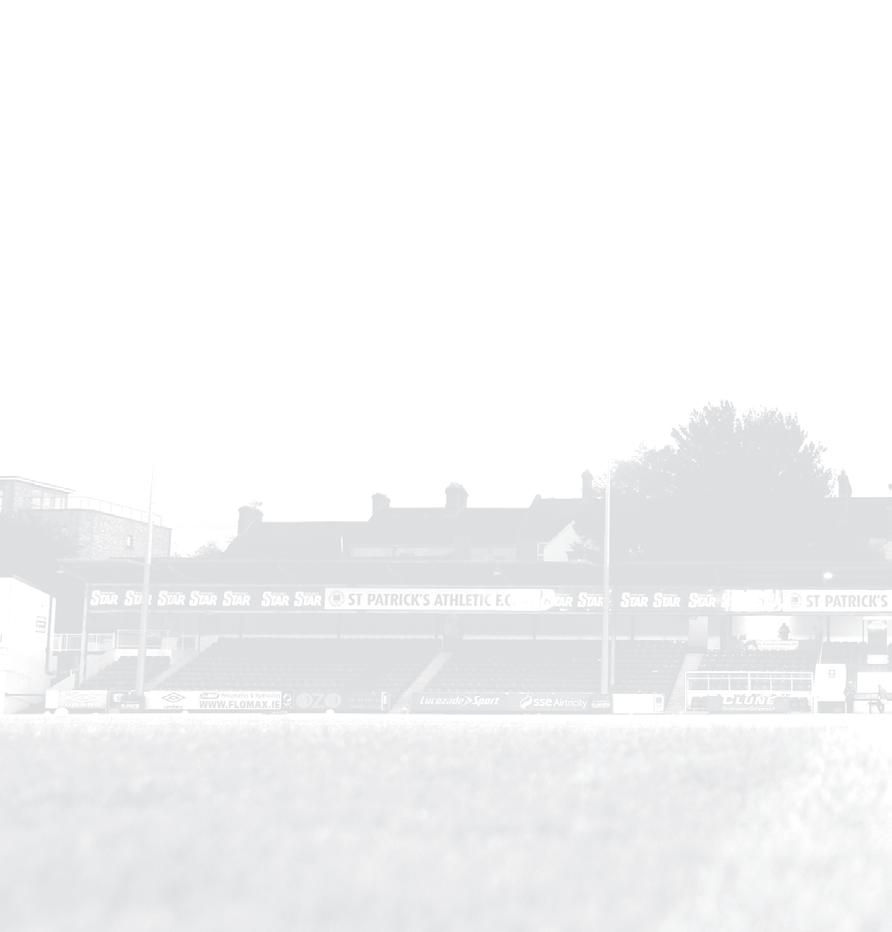14Aug20-Shamrock Rovers-FINAL_A5 14/08/2020 13:42 Page 28
Con Houlihan on Inchicore Sean Creedon From: The Lost Essays, Con Houlihan’s Ireland. Published by Irish Independent, Saturday March 9, 2013.
Rivers like the Camac, which runs through Inchicore, are good for people: they are nature’s psychiatrists I spent a very happy little stint in Clondalkin when the Red Cow pub was a long, white-washed house where people played draughts in one corner. I live now in Portobello. The township of Inchicore is about halfway between there and Clondalkin, and over 25 years I have come to know it fairly well.
fish, and then there is the remarkable part of the canal which you might call Swan Lane. The mecca of the swans is a little to the east of a famous pub call the Black Horse.
What the name means I am far from sure; my guess is that it signifies ‘‘the commonage by the river.’’
Nobody seems to understand why the swans favour this stretch of water so much – their number seldom falls below a hundred.
Inchicore is very much in the centre of things; the main road to the south runs past one side; the main railway line on this island runs past on the other side. The Grand Canal runs through it from east to west; the Camac courses through it from south to north.
The celebrated poet from Newcastle West lived nearby for a while and published a book of very short poems called ‘Inchicore Haiku’ – but Michael Hartnett, as far as I know, has yet to write about the meeting place of the swans.
The Camac is a remarkable river: It runs so wild and free that you can hardly believe that to a certain extent it was shaped by man: sometime in the last century its waters were diverted to turn a mill wheel.
Railway lines, like rivers, are good for people. They are a symbol of life. Sometimes when I am in Inchicore I think of a novel by the great Belgian Georges Simenon, ‘The Man Who Watched Trains Go By.’
The mill is long since gone but the Camac hasn’t been put back on its original course, even though to reach the heart of Inchicore it has to travel under the Grand Canal.
Inchicore has long been known as railway country. Many men there worked as carriage builders or in some other department of the transport business.
‘‘Camac’’ probably comes from ‘‘Cam Abha,’’ the Crooked River. There was a time when it was famous for brown trout; then the paper mills came to Clondalkin and the little river became woefully polluted.
Heuston Station, or Kingsbridge as it was known until the mid-1960s is only a little distance from the heart of Inchicore. John Betjeman, an authority in this field, has described this station as the most handsome known to him.
In the late 1980s the paper mills closed down and we witnessed the Camac being born again. One day when I was at a game in Richmond Park, I heard splashing in the river beneath me and I was delighted to see two young mallard, a duck and a drake. Rivers are good for people: they are nature’s psychiatrists – and the more a river is in good health, the more beneficial it is. The people of Inchicore are favoured by nature. The Camac in time will again be a good fishing river; the nearby stretch of the Grand Canal abounds in course
28
The River Liffey flows by the station; the vast wonderland of the Phoenix Park is not very far away – and so it fair to say that the good people of Inchicore are very much in the mainstream. On the south bank of the river you will come to the War Memorial Park. It is about 20 acres in extent and contains a lovely Garden of Remembrance, a tribute to the 50,000 Irishmen who lost their lives in World War One. In this beautiful garden there is a great cross about 30
2020 Season • Vol. 32 • No. 4 • St Patrick’s Athletic v Shamrock Rovers



